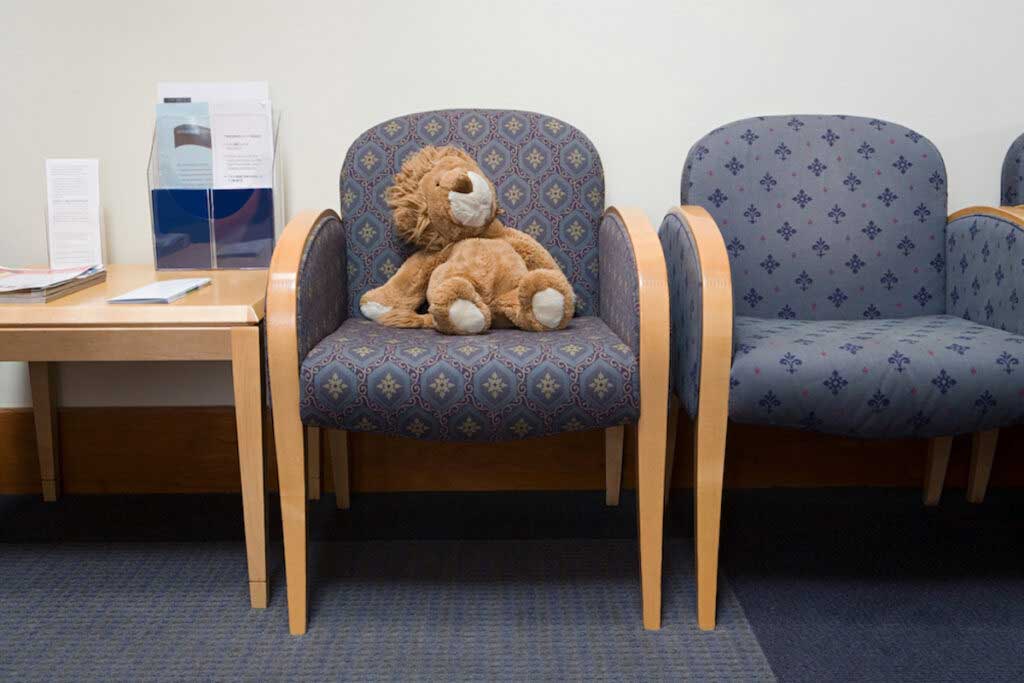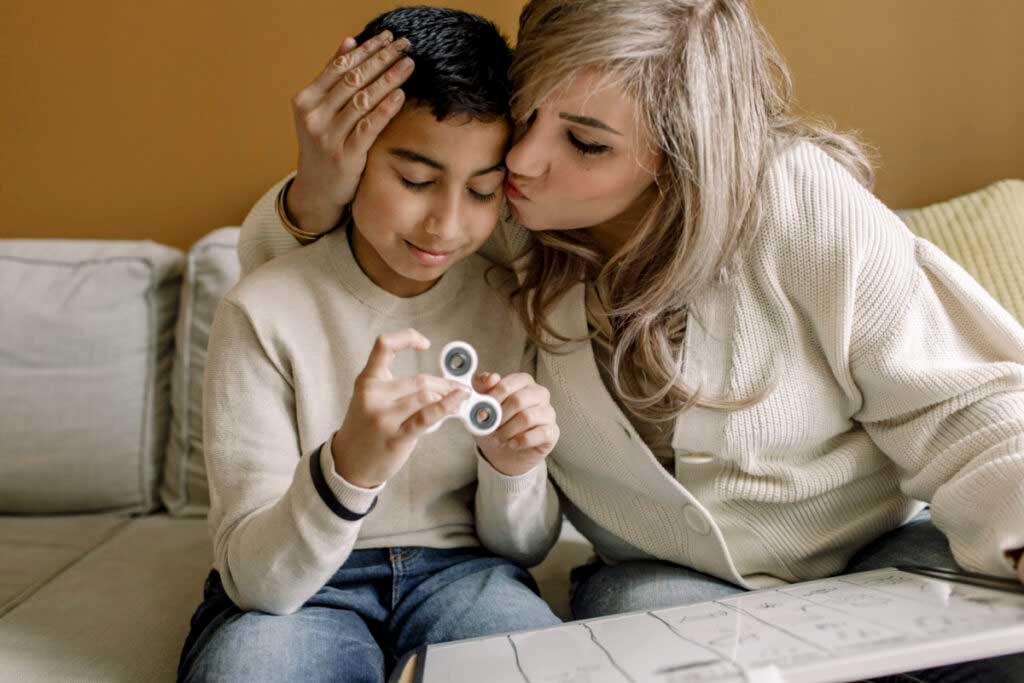My older child has been asking for an allowance for years. I have been giving versions of a standard parenting answer: “We’ll see”; “Let’s discuss it later”; “I’ll try to remember to talk about it with your dad.” And so on. Finally, she called my bluff, and my last argument was: “I’ll write about it in the newsletter.” But once I said that, she started asking every day whether I had written the newsletter yet.
This topic is, therefore, more or less an answer to a reader question. Just, the reader is me.
When Penelope first raised the issue, I imagined there was no good data. Of course, despite this instinct, old habits die hard, and my first move was to go to the academic literature. I was perhaps hoping that some piece of data would be definitive in one direction or the other. It wasn’t.
A Google Scholar search for “child allowance” yields many results, but they turn out to all be about child tax credits. I found an interesting article in a law review about how the writer thought about allowances for her children and a somewhat dense review arguing that children are an important part of the economy. The one piece of academic literature I gleaned something from was an article suggesting that, in a laboratory experiment, children who were given allowances had a more sophisticated understanding of budgeting. I wasn’t convinced that this relationship was really causal, though. Was it the allowance that mattered, or something else about how the parents communicate about money? Also — for better or worse — my kids are surrounded by economics all the time, allowance or no.
Like most older-kid problems, this one comes down to some version of the “Four F” decision-making I talk about in The Family Firm. Which starts with Framing the question.
Framing this question and going beyond where I started (“Should my kids get an allowance or not?”) required a fair amount of thought. In particular, it required me to think about why I am resistant. My visceral instinct is the answer to the allowance question is “no”, even though our family is lucky and an allowance of $1 to $2 a week wouldn’t be a burden.
In fact, I have two big concerns here. The first is that I am not sure I want to give my kids the impression that they are entitled to get money for nothing. For a lot of parents, the solution is to give an allowance in exchange for chores. There’s a bit of survey data on allowance giving. About 40% of parents give allowances (at least in this particular survey), and about 60% of those require children to do chores to get them. This strikes me as a completely reasonable use of allowance — you’re contributing to the family, and it is compensated.
This doesn’t translate well to my family setup, though. My children do some chores, but they are mostly in the space of cleaning their own messes. I see their tasks as a baseline contribution to family life. No one pays me to bring my plate to the sink or clean up my mess in the craft room, and I do not want to pay them for that either. For me, I cannot see a good way in our house to structure an allowance around chores, which is why I am worried about the “money for nothing” piece.
My second concern is that if we do this, they will use the money to buy junk and I do not like having junk in my house. Or they’ll use it to buy stuff in apps, and my soul will die a little when I realize that someone in my house just paid $2.99 for a Sparkling Mermaid Treasures glam package in the Barbie Fashion Closet app.
At the same time, I reflected on the current situation. When I think about the question “allowance or not,” what I really mean is “allowance or stick with what we do now.” And the current status quo has its own problems. Importantly, I already do buy my kids stuff. You know how I know that the Barbie Mermaid Treasures package is $2.99? It’s because I bought it. I may wish I behaved differently, but that is not the question on the table.
Taking these considerations together, I realized a much better question framing for me was: Should my kids get an allowance instead of something we are doing now, or should we stick with the status quo?
The clarity I reached in this framing was that if we are going to do an allowance, it will be instead of the haphazard status quo purchases.
For example: when one kid asks me to buy him something in an app, I decide in the moment based on … well, honestly, nothing in particular. Usually a vague memory of whether I have done it recently. This isn’t a great system. Instead, I could give the kids an allowance and structure it as This is the funding you have to purchase apps, toys, etc. And then I could say no if they didn’t have funds.
When I frame it like this, my instinct is to favor the allowance. To go a little economics, this made me realize that at the moment, my kids are planning their purchases against an uncertain budget constraint. But that makes it difficult to fully optimize. What if my kid prefers the Elemental Dragon add-on in Dragon Mania Legends rather than the Mermaid Treasures add-on in Barbie Fashion Closet (I promise these are real things)? The current system incentivizes him to ask for both of them, usually on varying days, since he never knows when I’ll say yes. What if I say yes on Barbie day? He’s happy to get it, but he could have been happier. We haven’t optimized.
Inserting a fixed budget constraint could force the kids to reflect more on their own preferences, which might be good — you know, for their economic utility. Also, there might be less whining.
So now I’m leaning toward an allowance. The final decision hasn’t been made yet. For one thing, I have to talk to Jesse, and he doesn’t read the newsletter on a regular basis.
I’m also thinking about some logistics. I do not like the idea of having to hand out cash. My current best idea is a Google Sheet bank that I add to each week and subtract from for purchases. But there’s much to decide about, even within that. Do they earn interest? Should I let them invest their money? Is this an opportunity to finally get our family into Bitcoin?
Stay tuned, and I will let you know.

















